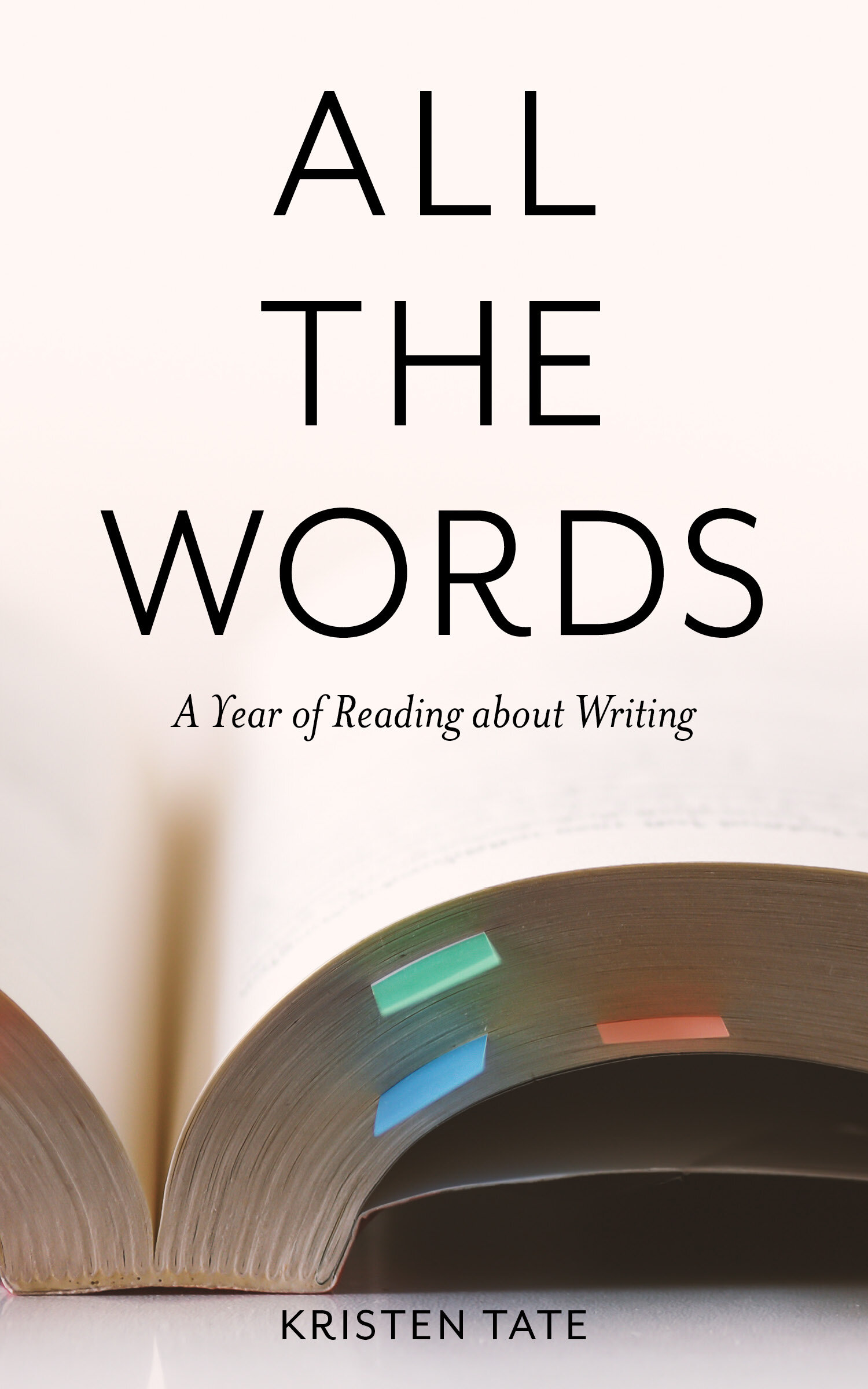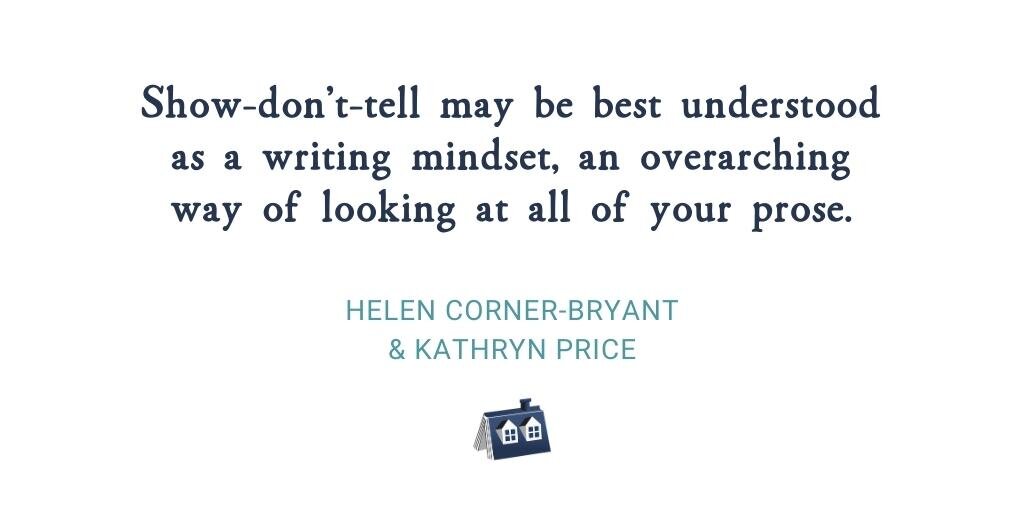On Editing, by Helen Corner-Bryant & Kathryn Price
This is part of a series of weekly reviews of writing craft books written in 2019, later revised and collected in Kristen’s book All the Words: A Year of Reading About Writing. Read the first chapter or buy the book in our Shop.
It is week forty-eight of 2019. How’s the writing going? Give yourself double credit for any writing you get done in these waning weeks of the year. There are lots of distractions and to-do lists trying to pull you away. Do what you need to do, enjoy the things that give you joy, and keep the writing going as you can. Don’t add guilt or regret to the psychic piles you are carrying around. (Or just go ahead and burn those fucking piles to the ground right now.)
The only work I did this week was on my two long cross-country flights. In between, I spent time with my family, helped my mother move to a new place, and did a lot of cooking and eating. While I was helping my mother pack, she showed me a homemade library card (dated January 17, 1985!) she had found in one of her books. When my little sister wanted to entice me to pull my nose out of a book, playing library was one of the few reliable ways to get me to say yes. (My mother also showed me a handwritten “quot” from my sister when she was ten, promising that she wouldn’t be as terrible a thirteen-year-old as I was. Now that I’ve run the gauntlet of thirteen with one of my own kids, I have a lot more sympathy both for my aggrieved thirteen-year-old self and for my parents.)
I read Helen Corner-Bryant and Kathryn Price’s book, On Editing: How to Edit Your Novel the Professional Way, on my flight home while munching on Thanksgiving leftovers. It covers much of the ground we’ve seen in other books I’ve reviewed this year, with chapters on character, plot, point of view, dialogue, and more. Two things set this book apart: Corner-Bryant and Price create their own examples throughout, which allows them to clearly demonstrate their advice, and they provide two chapters discussing how to submit your manuscript and how to work with an agent and editor. (The authors are British, and their advice in these last chapters is supplemented by a US perspective from Michele Rubin.)
On Editing also features the best discussion I’ve seen of the familiar advice to “show not tell.” This chapter is the last in the book before the publishing-focused chapters, and the authors use it to bring together all of their advice from preceding chapters: “At its simplest, the aim of showing is to bring the reader as close as possible to the action, allowing us to witness it first-hand and therefore delivering a more involving reading experience.”
Here’s a snippet from the authors’ ‘before’ example: “Sarah walked slowly along the dark, creepy corridor. Suddenly she heard a sound that made her jump. It was terrifying, and she was sure that she was in danger. She turned quickly, but she couldn’t see anything behind her. The darkness was completely impenetrable.” It’s a promising situation, but the writing is as bland as unseasoned mashed potatoes.
Here’s the revision: “Sarah edged along the corridor, one hand clutching at the air, the other clamped to her mouth. She heard a scuffle from behind and spun around, squinting into the gloom. There was no point – even if someone had been standing a foot away from her she couldn’t have seen them. She swallowed, her throat pulsing with the hammering in her chest.” Better, right?
The revised passage encapsulates a number of the authors’ lessons. For example, walked slowly becomes edged, a case where a weak adverb-verb combination is successfully changed to a stronger verb. (As I’ve discussed in other newsletters, however, please do not strip your manuscript of all adverbs! Any advice that tells you to eliminate an entire category of words is bad advice.) The word sound is changed to the more specific scuffle. Most importantly, It was terrifying, and she was sure that she was in danger is deleted. As the authors note, this sentence is telling us how Sarah feels rather than showing us: “Hmm, we think, this is probably scary for Sarah. But we don’t feel scared.” Instead, “let the atmosphere of the scene and the character’s feelings come through in the action and description.” The new sentence She swallowed, her throat pulsing with the hammering in her chest provides us with concrete, relatable details that allow us to imagine exactly what it is like to be Sarah in this moment.
In other words, you don’t want your readers to watch your characters feeling; you want your readers to feel with your characters. If you’ve ever gotten feedback from a reader, agent, or editor that you need to work on showing rather than telling, then On Editing is the book you should choose to guide your revisions.
Here’s to showing the feels, y’all,
Kristen
Check out our Resources page for more in-depth articles on writing, revising, polishing, and publishing your novel. Sign up for our weekly newsletter for fresh content, and you’ll also get our free PDF with recommended reading for writers!



